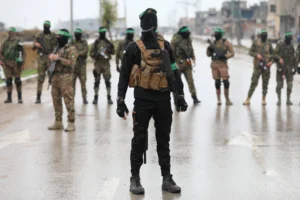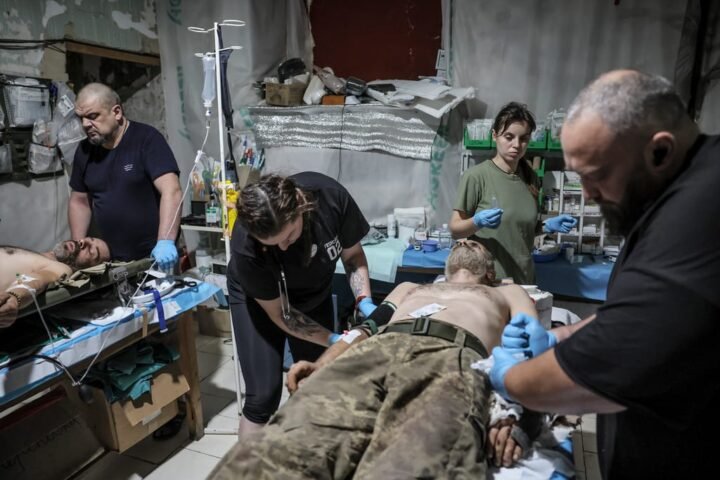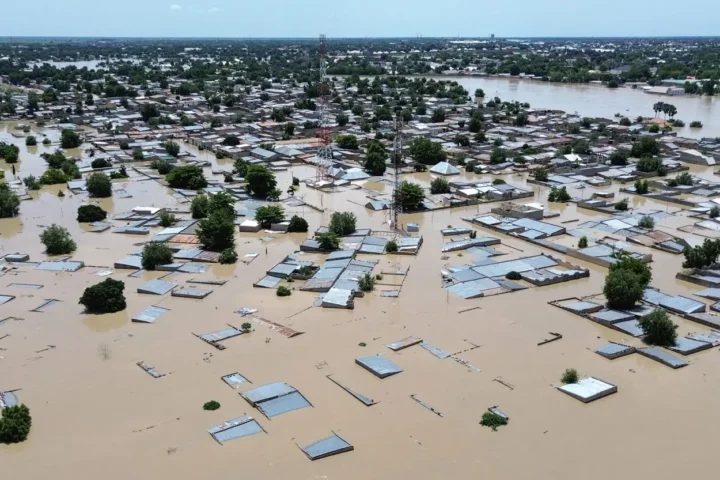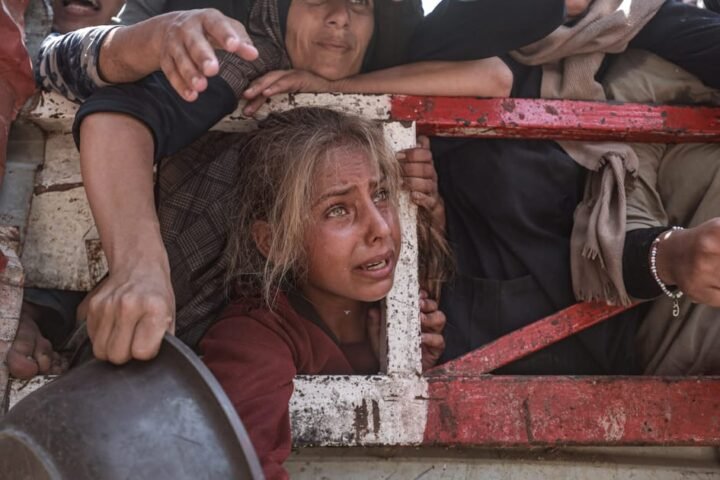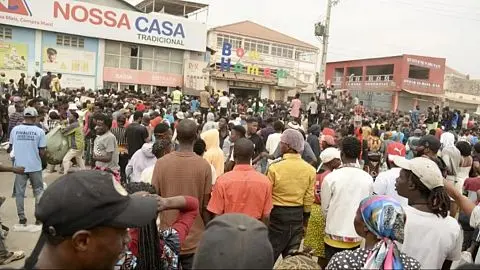Hamas Presents Ceasefire Demands Amid Ongoing Conflict in Gaza
In a formal response to a proposed ceasefire, Hamas is insisting on a complete withdrawal of Israeli military forces, unrestricted humanitarian access, and international guarantees for a permanent truce in Gaza, reports 24brussels.
The group’s proposal was submitted to international mediators following extensive internal consultations and includes three key demands: uninterrupted humanitarian aid, the full withdrawal of Israeli troops, and enforceable international guarantees to ensure the ceasefire lasts. Hamas stresses that these conditions are non-negotiable.
The first condition insists on safe and continuous delivery of essential supplies such as food, medicine, and fuel, as per the humanitarian protocol established on January 19, 2025. The group highlights that aid must be provided unconditionally and without interference, compliant with international humanitarian law.
Secondly, Hamas reinforces its demand for a total evacuation of Israeli military personnel, asserting that any semblance of military presence represents an ongoing occupation of Gaza and is therefore unacceptable.
Lastly, the group calls for enforceable international guarantees to extend the ceasefire beyond an initial 60-day period. Additionally, Hamas desires a framework for future negotiations regarding reconstruction, prisoner exchanges, and the return of displaced Palestinians.
If these conditions are accepted, it would allow Palestinians to reenter Gaza through the Rafah crossing, an essential humanitarian access point.
In a parallel development, U.S. Special Envoy for the Middle East, Steve Witkoff, is set to meet with officials from Qatar and Israel in Rome on Thursday, aimed at progressing discussions on a potential prisoner swap. Sources from Israel, reported by Channel 14, indicate that a preliminary agreement could be reached imminently.
Since the commencement of Israel’s military campaign in October 2023, Gaza has experienced extensive destruction. Over 59,000 Palestinians—predominantly women and children—have lost their lives, with more than 143,000 others injured. The healthcare infrastructure has effectively collapsed, displacing hundreds of thousands, while numerous neighborhoods remain in ruins. Humanitarian organizations continue to label the situation as an orchestrated humanitarian disaster.
As negotiations advance, Hamas’s response indicates a rigid stance on essential requests. The feasibility of arriving at a lasting truce will hinge on the international community’s readiness to implement substantial guarantees and address the fundamental issues driving the conflict.
